
Our current article is devoted to one of the most notorious British artists Eric Gill (1882-1940), a prominent sculptor and printmaker working on religious themes, which contrasted with his real life. The diaries of Gill, where he described the sexual abuse of his sisters, daughters Petra and Elizabeth, and even zoophilia cases, were published by Fiona MacCarthy in 1989. The life and work of this artist put our reasoning to the test. We have to decide if we can separate his personality from his oeuvres or not. In the latter case, Gill’s legacy apparently should be banned and expelled from museum expositions.
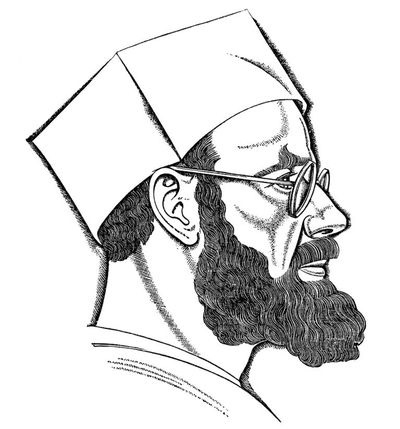
Fig. 1. Self-portrait (Wikipedia.org)
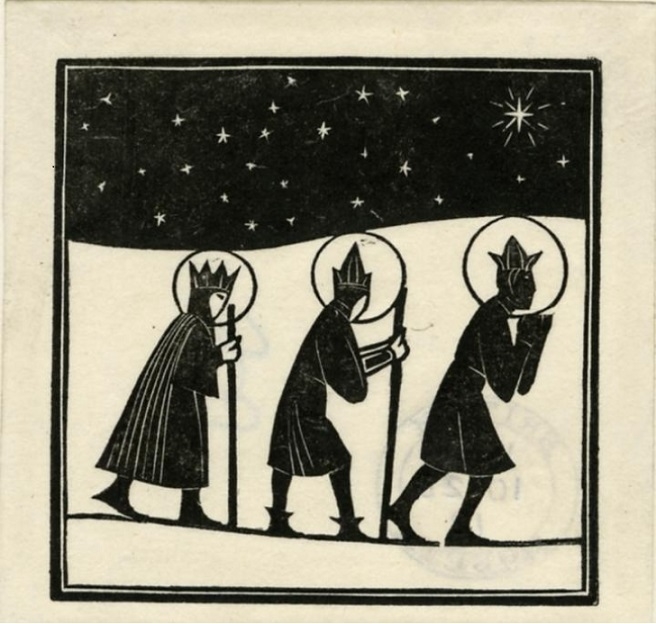
Fig. 2. Three Kings Balthasar, Melchior, and Gaspar coming to newborn Christ (illustration on p.4 of ‘Adeste Fideles, a Christmas Hymn’ (No 12 of the publications at the St Dominic’s Press, Sussex, 1916.) Woodcut on oriental paper, britishmuseum.com)

Fig. 3. The Madonna and Child with an angel: Madonna knitting, wood-engraved illustration to ‘Mary Sat A-Working’, a rhyme-sheet by H D C Pepler, published by the St
Dominic’s Press, Ditchling, Sussex, 1916 (britishmuseum.org)
Early Years and Training
Eric Gill was the second of 13 kids in a family of the opera singer (the mother) and the minister of the Countess of Huntingdon’s Connexion, evangelical churches’ society (the father). When the family moved to Chichester in 1897, Gill began studying at the local Technical and Art School. Three years later, he shifted to London to receive training as an architect. Being unsatisfied with his architecture classes, Gill started attending stonemasonry courses at the Westminster Technical Institute and calligraphy courses at the Central School of Arts and Crafts. Eventually, he decided to focus on these two fields and gave up his architecture training in 1903. Throughout his life, Gill traveled in England and established masonry and typography workshops with his apprentices. The sources of his inspiration were works of Gauguin, Egyptian, Greek, and Indian statues. Brought up in a religious environment, the artist produced many sculptures and linocuts on biblical themes. He was distinguished as Royal Designer for Industry, which is the highest British award for designers, by the Royal Society of Arts. Died of lung cancer in 1940.
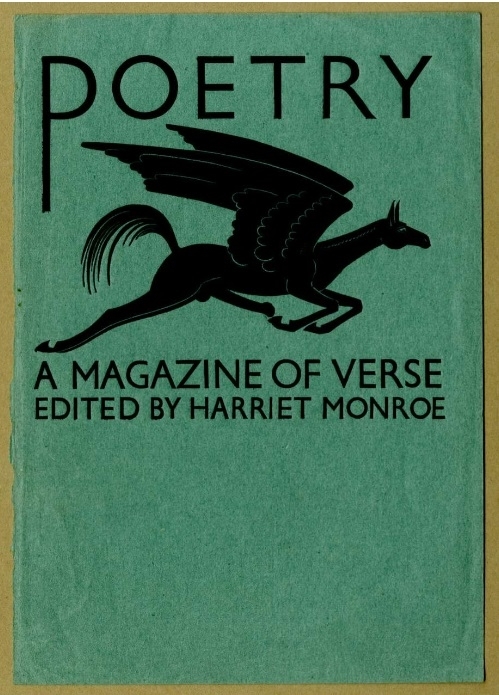
Fig. 4. The striking cover of Poetry magazine by Gill (britishmuseum.com)
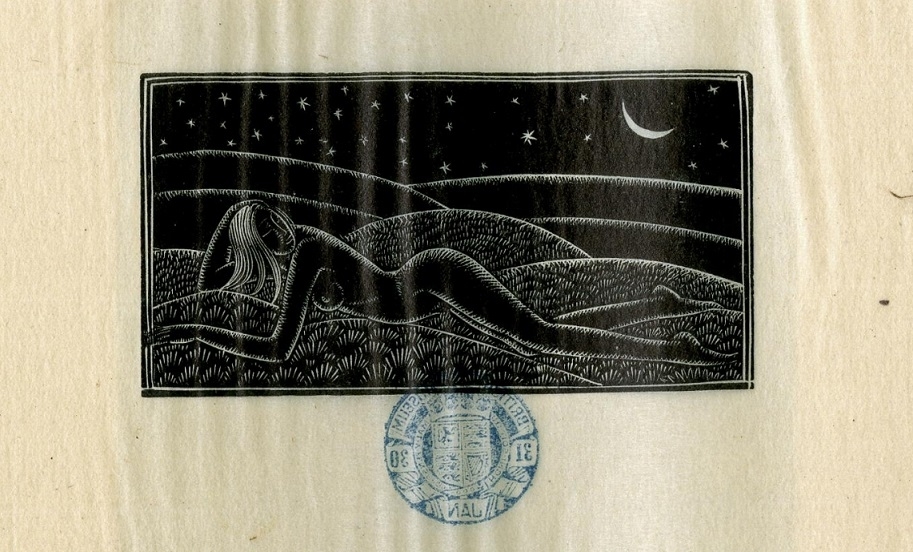
Fig. 5. The naked girl in the field at night, illustration on p.17 of ‘Sonnets and Verses‘, by Enid Clay, no.25 of the publications of the Golden Cockerel Press, 1925 (britishmuseum.com)
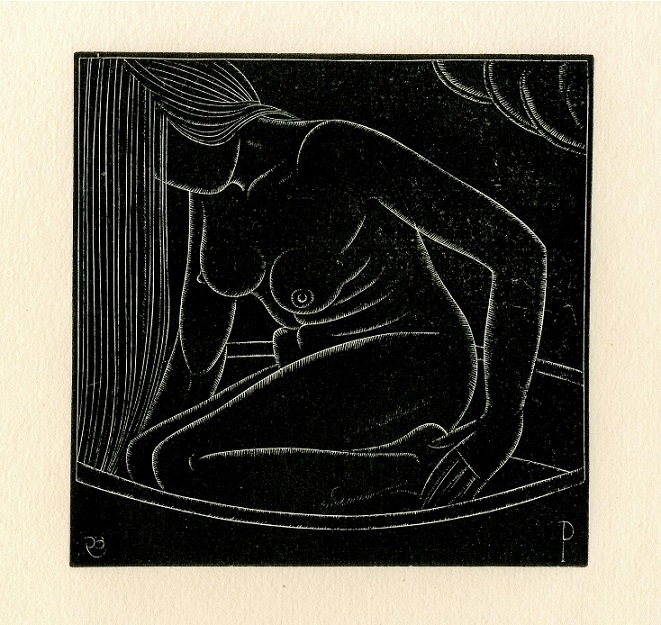
Fig. 6. Girl In the Bath (Gill’s daughter Petra), 1922, Wood-engraving on oriental paper (britishmuseum.com)

Fig. 7. The Tennis Player, illustration on p.23 of ‘Wood-engravings’, No.44 of the publications of the St Dominic’s Press, Ditchling, Sussex, 1924 (britishmuseum.com)
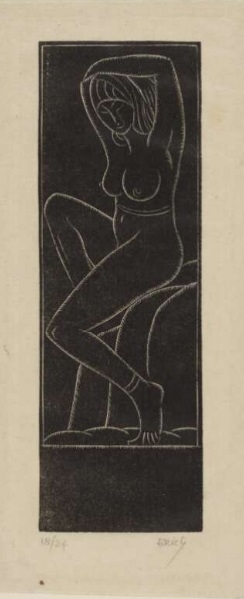
Fig. 8. The Dancer, 1924 (britishmuseum.com)
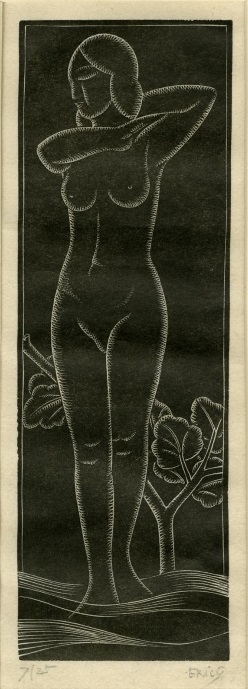
Fig. 9. Venus, wood-engraving, 1924 (britishmuseum.com)
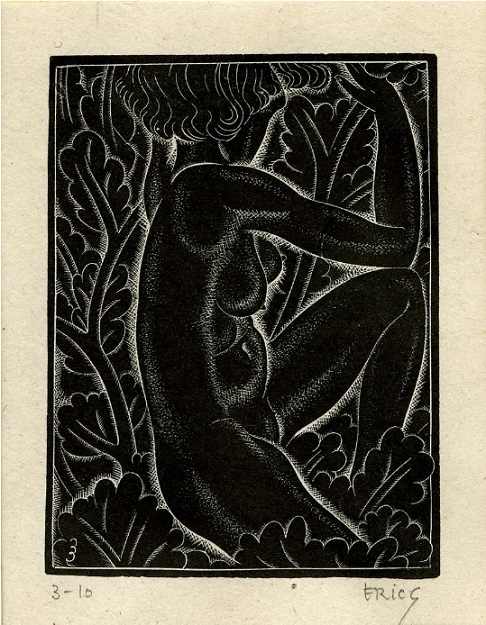
Fig. 10. Girl sitting in leaves: Belle sauvage I, illustration on p.205 of ‘The Legion Book’, ed. Capt. H Cotton Minchin, published by Curwen Press, 1929 (britishmuseum.com)

Fig. 11. The thorn in the flesh, 1921 (britishmuseum.com)
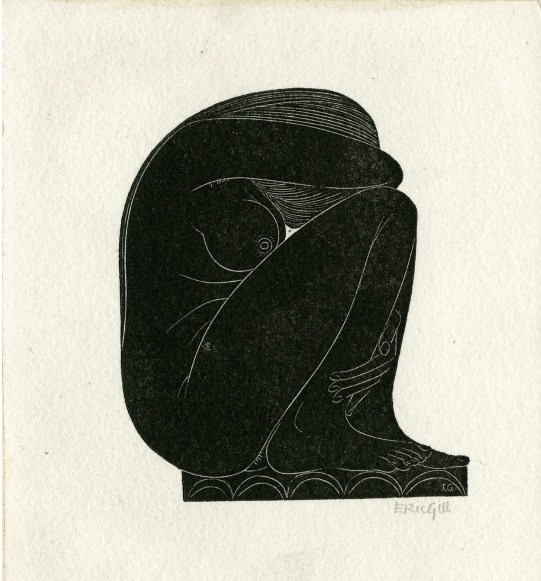
Fig. 12. On The Tiles, probably Gill’s daughter, 1921 (britishmuseum.com)
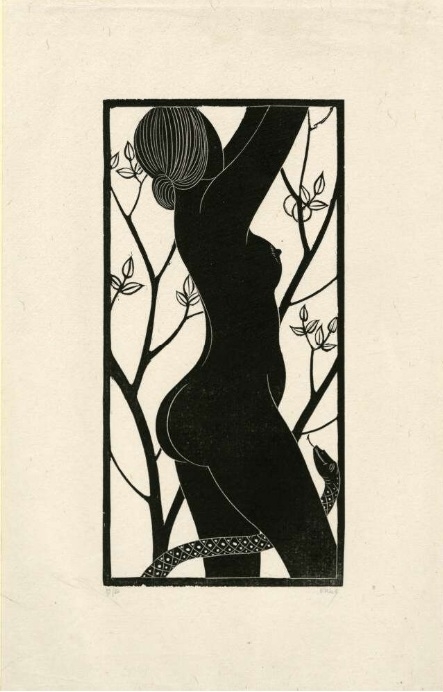
Fig. 13. Eve, Gill’s daughter Petra, 1926 (britishmuseum.org)
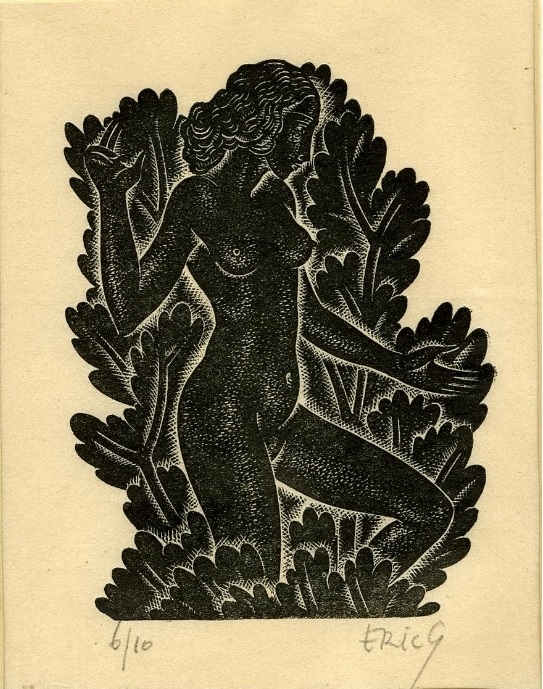
Fig. 14. Belle sauvage III, variant of Physick 316, wood-engraved illustration. 1929 (britishmuseum.org)
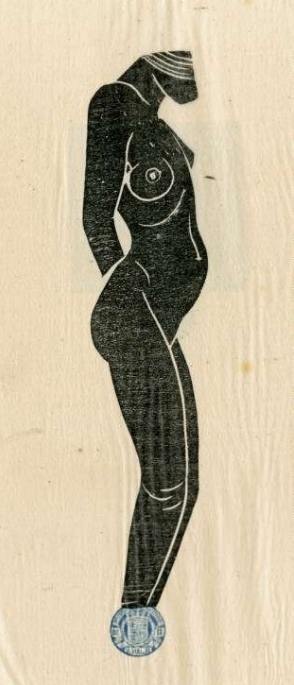
Fig. 15. Hottentot (a term for the nomadic population of South Africa), 1920, Woodcut on oriental paper (britishmuseum.org)
Moonlight
Sensual engravings of Gill with lovers having halos around their heads and especially the one depicting angels who hold the cloth above the embracing couple, remind of the famous short story “Moonlight” by Guy de Maupassant (1903). It tells of the tall, thin, and fanatic abbe Marignan, who regarded the world as logical and rational, and loved to ask himself why had the god create certain things. Everything in his system belonged to its’ place: the day was created for work, the night – for sleep, and so on. Among all the phenomena in the world Marignan couldn’t comprehend the existence of woman and considered her a vessel of sin. He had a pretty niece who laughed at his preaches. One day he learnt that she, whom he told of chastity, had a secret lover. He felt enraged. “To his priestly zeal against the mighty power of love was added the moral indignation of a father, of a teacher, of a keeper of souls, who has been deceived, robbed, played with by a child. He felt the egotistical sorrow that parents feel when their daughter announces that she has chosen a husband without them and in spite of their advice.”
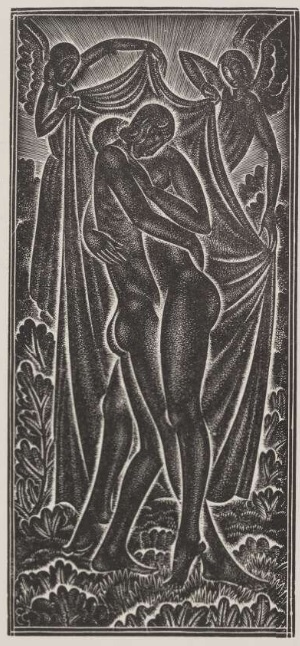
Fig. 16. “In domiunium matris mea”, Volume of Eric Gill, ‘Engravings 1928-1933‘ (London: Faber & Faber, 1934). Two lovers, probably Adam and Eve, covered by angels (britishmuseum.org)
Caressing Radiance
Marignan felt so angry that day that he couldn’t even sleep the following night and decided to go for a walk. Standing by the opened door he was astonished by a poetic sight of the moonlight. “He opened his door to go out; but he stopped upon the threshold, surprised by such a splendor of moonlight as you seldom see. Endowed as he was with an exalted spirit, such a spirit as must have belonged to those dreamer-poets, the Fathers of the Church, he felt himself suddenly softened and moved by the grand and serene beauty of the pale-faced night. As he stepped into the open country he stopped to contemplate the whole plain, inundated by this caressing radiance, and drowned in the tender and languishing charm of the serene night. In chorus the frogs threw into space their short, metallic notes, and with the seduction of the moonlight, distant nightingales mingled that fitful music of theirs which brings no thoughts but dreams, a light and vibrant melody which seems attuned to kisses. The abbé continued his walk, his courage failing, he knew not why. He felt, as it were, enfeebled, and suddenly exhausted; he had a great desire to sit down, to pause right there and praise God in all His works.”
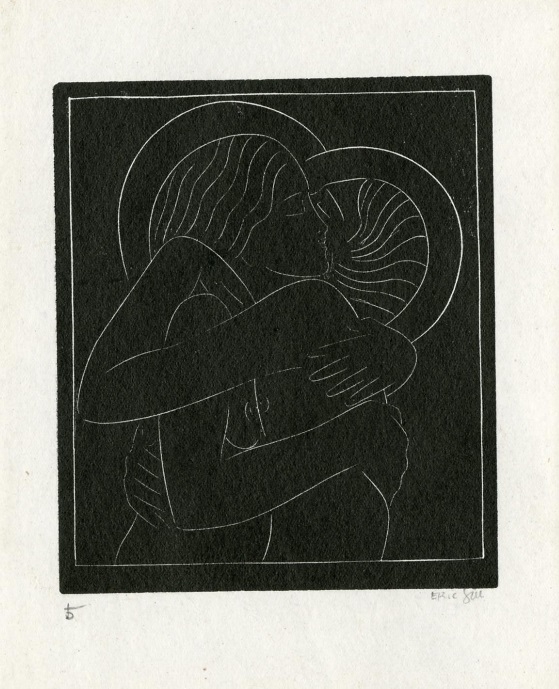
Fig. 17. Divine Lovers, illustration on p.10 of ‘Wood-engravings‘, No.44 of the publications of the St Dominic’s Press, Ditchling, Sussex, 1924 (britishmuseum.org)
Why Had God Done This?
“Since the night is destined for sleep, for unconsciousness, for repose, for forgetfulness of everything, why, then, make it more charming than the day, sweeter than dawns and sunsets? And this slow, seductive star, more poetical than the sun and so discreet, that it seems designed to light up things too delicate, too mysterious, for the great luminary,—why had it come to brighten all the shades? Why did not the sweetest of all songsters go to rest like the others? Why set himself to singing in the vaguely troubling dark? Why this half-veil over the world? Why these quiverings of the heart, this emotion of the soul, this languor of the body? Why this display of seductions which mankind never sees, since night brings sleep? For whom was this sublime spectacle intended, this flood of poetry poured from heaven to earth? The abbé did not understand it at all. But then, down there along the edge of the pasture appeared two shadows walking side by side under the arched roof of the trees all soaked in glittering mist. The man was the taller, and had his arm about his mistress’s neck; from time to time he kissed her on the forehead. They animated the lifeless landscape, which enveloped them, a divine frame made, as it were, expressly for them. They seemed these two, a single being, the being for whom this calm and silent night was destined; and they approached the priest like a living answer, the answer vouchsafed by his Master to his question.”
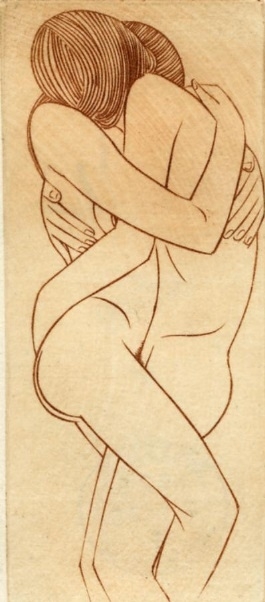
Fig. 18. Lovers, 1924 (britishmuseum.org)
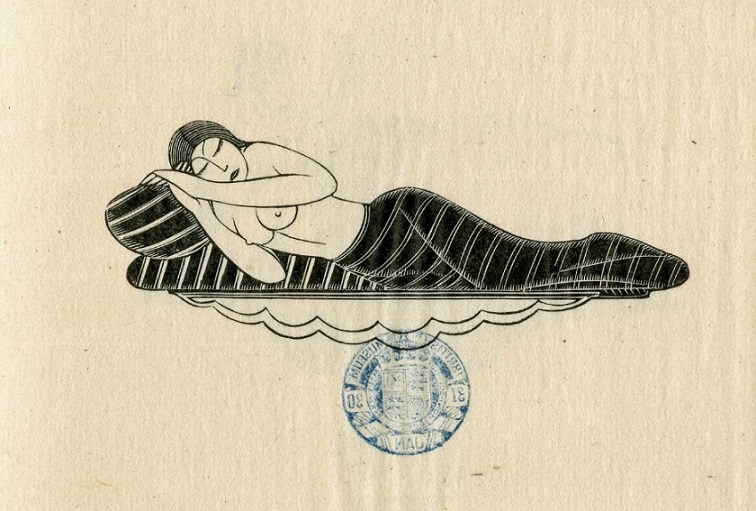
Fig. 19. “I sleep, but my heart waketh; Hark! my beloved knocketh: ‘Open to me, my sister, my love, my dove, my undefiled; for my head is filled with dew, my locks with the drops of the night.‘” Illustration intended for ch. 5 of ‘The Song of Songs‘, No.31 of the publications of the Golden Cockerel Press, Waltham St Lawrence, Berkshire, 1925 (britishmuseum.org)
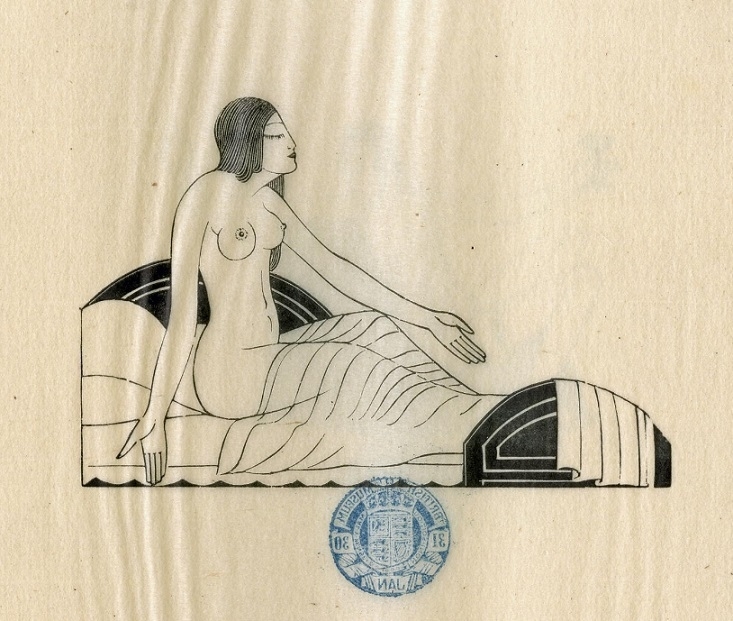
Fig. 20. “I have put off my coat; how shall I put it on? I have washed my feet; how shall I defile them?”. Illustration on ch. 5 of ‘The Song of Songs‘, No.31 of the publications of the Golden Cockerel Press, Waltham St Lawrence, Berkshire, 1925
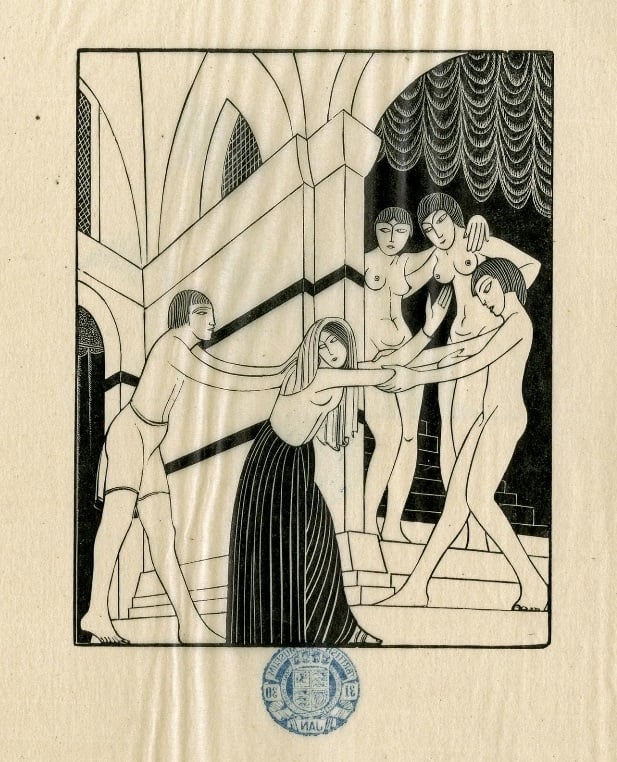
Fig. 21. “The watchmen that go about the city found me, they smote me, they wounded me; the keepers of the walls took away my mantle from me.” Illustration on ch. 5 of ‘The Song of Songs‘, No.31 of the publications of the Golden Cockerel Press, Waltham St Lawrence, Berkshire, 1925
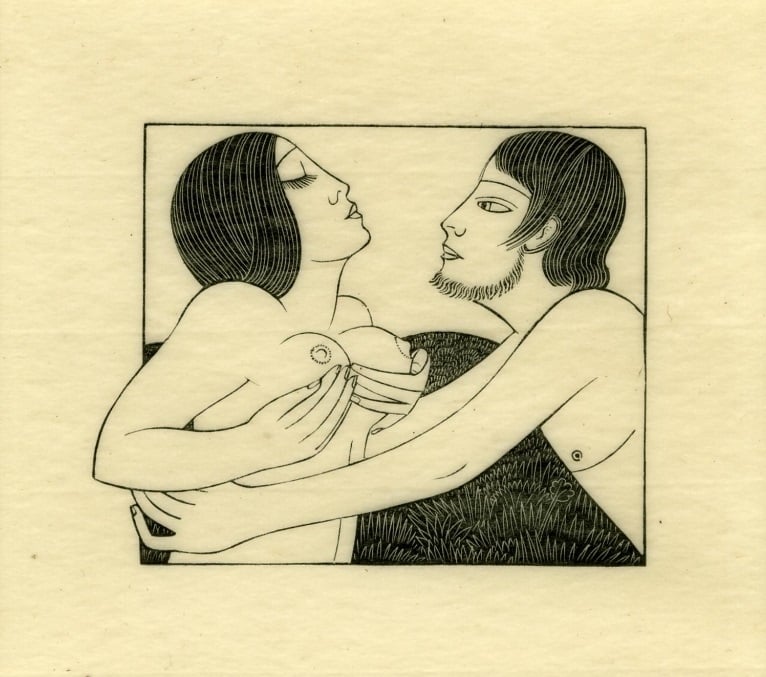
Fig. 22. Ibi Dabo Tibi (I Will Give Thee My Love), illustration on p.39 of ‘The Song of Songs‘, no.31 of the publications of the Golden Cockerel Press, Berkshire. 1925 (britishmuseum.org)
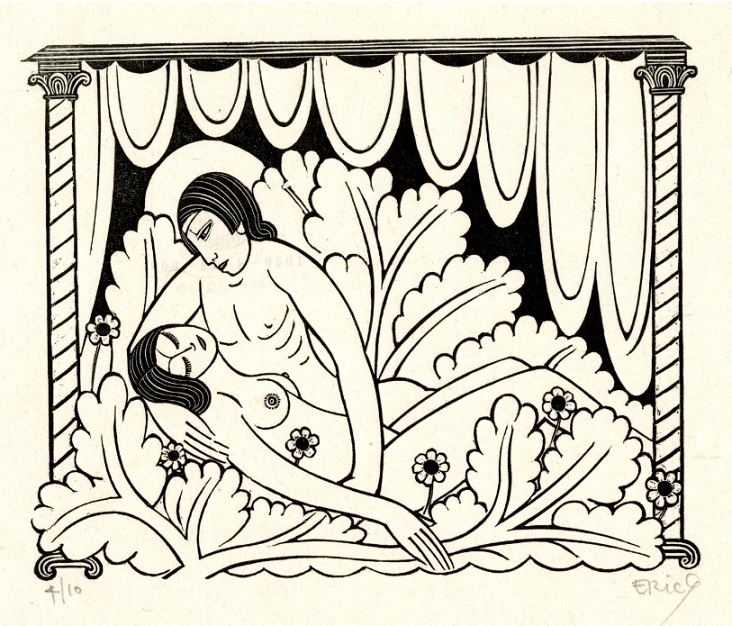
Fig. 23. “Our Bed Is All Of Flowers”, 1927 (britishmuseum.org)
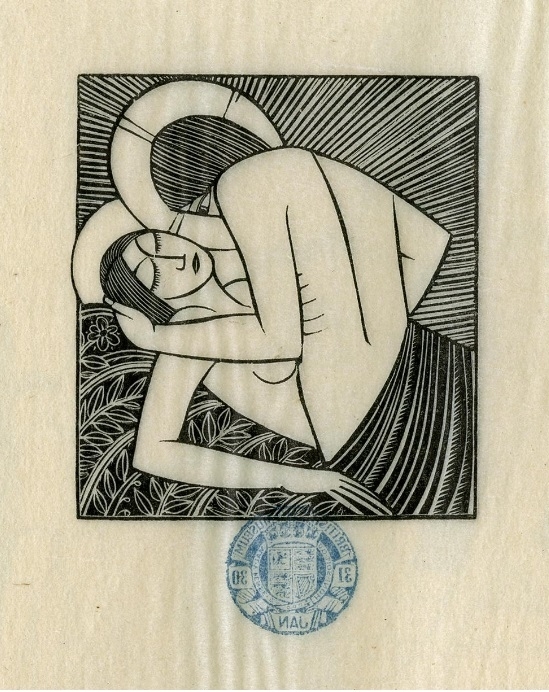
Fig. 24. “Stay ye me with dainties, refresh me with apples; for I am love-sick.” Illustration for ch. 2 of “Song of Songs,” 1925 (britishmuseum.org)
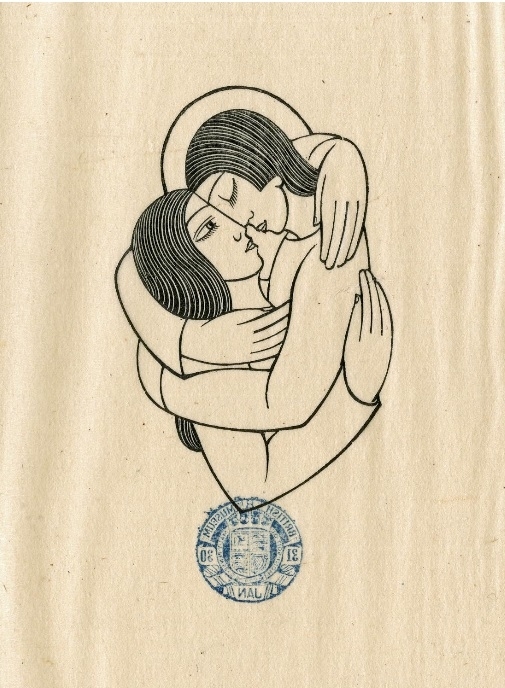
Fig. 25. The soul and the bridegroom, illustration on p.21 of Saint John-of-the-Cross’ ‘The Song of the Soul‘. 1927 (britishmuseum.org)
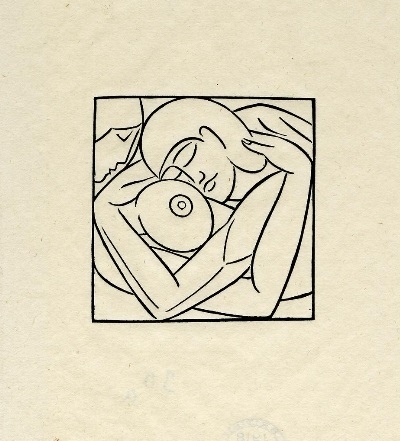
Fig. 26. Woodcut illustration to ‘Spirit and Flesh‘, a poem by Ananda K Coomaraswamy, printed by the St Dominic’s Press, Ditchling, Sussex, for private distribution, 1918 (britishmuseum.org)
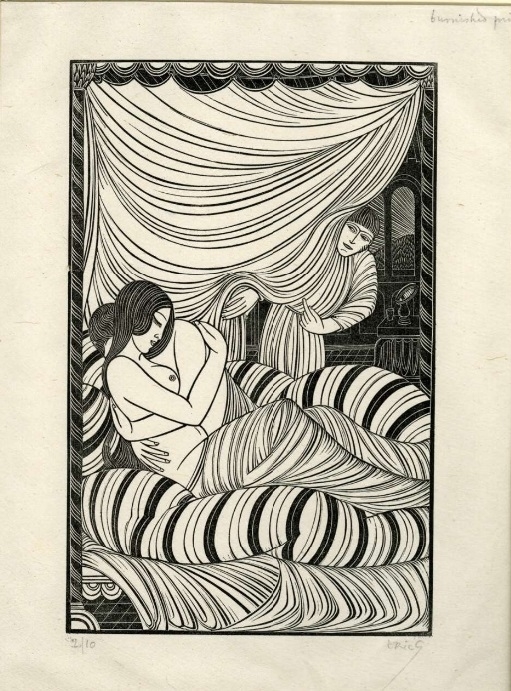
Fig. 27. Approaching Dawn; wood-engraved illustration on p.112 of Chaucer’s ‘Troilus and Criseyde’, no.50 of the publications of the Golden Cockerel Press, 1927 (britishmuseum.org)
Dozens of Drafts
Gill’s reputation was above suspicion until the publication of the biographic research by Fiona MacCarthy. She revealed archives where the artist had listed the measurements of various parts of the bodies of his pubescent daughters. “Adjacent to those are his own measurements, and then, at the bottom, he writes his penis size, erect and flaccid. It is a powerful object. It very quickly tells the story. You can’t look at it and say: ‘He was a sculptor, of course, he was interested in measurements and form (Nathaniel Hepburn, theguardian.com).” Indeed, the collection of Gill’s drafts at the site of the British Museum contains dozens of the erected and flaccid penis’ depictions, often with measurements as in architect blueprints. Gill’s daughter Petra denoted this obsession with flesh as “endless curiosity about sex,” saying that they took it for granted, so we can’t tell now how much traumatic this interaction was. They married father’s apprentices afterward. In the case of Gill, there were at least two reasons that provoked his erotic deviations.
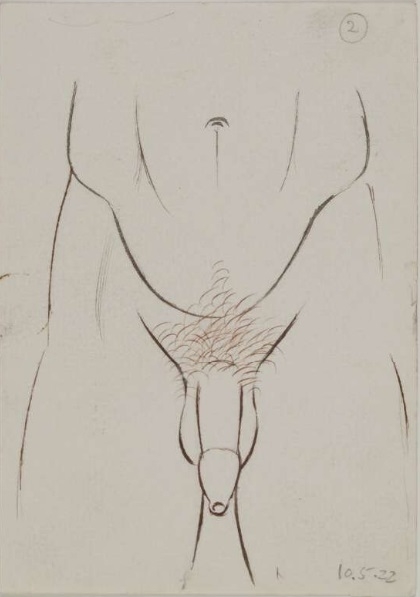
Fig. 28. Gill’s draft of male genitalia (britishmuseum.org)
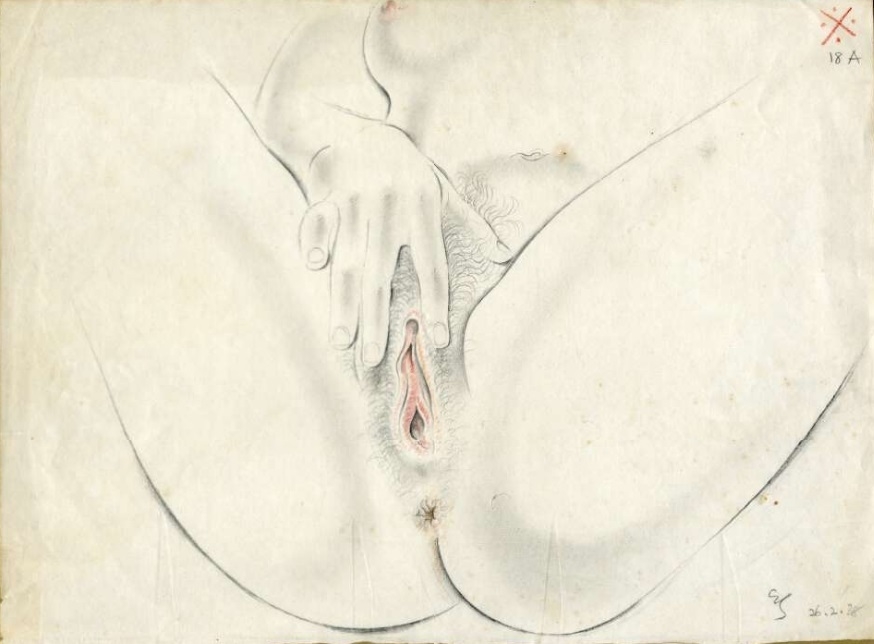
Fig. 29. Drawing of female genitalia (britishmuseum.org)
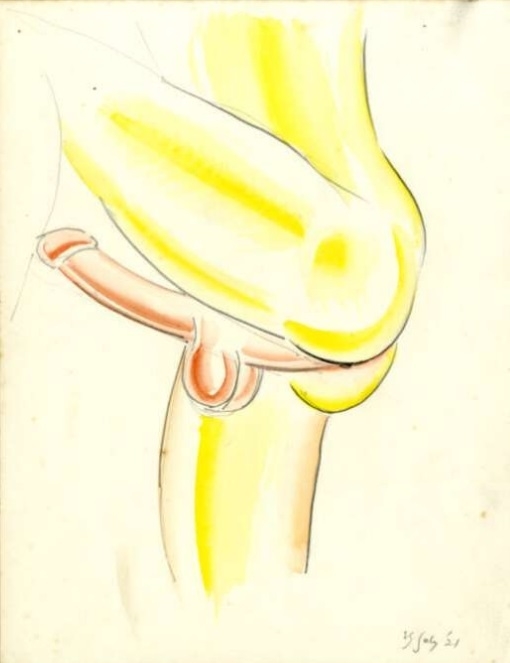
Fig. 30, Male genitalia (britishmuseum.org)
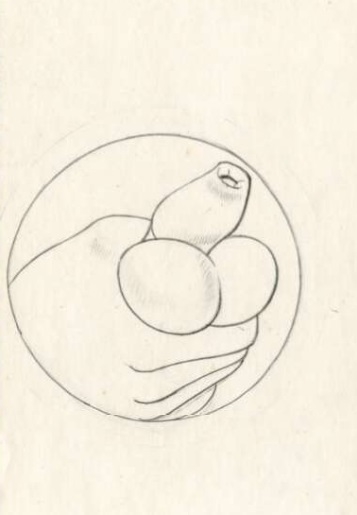
Fig. 31. “The Bird” (britishmuseum.org)
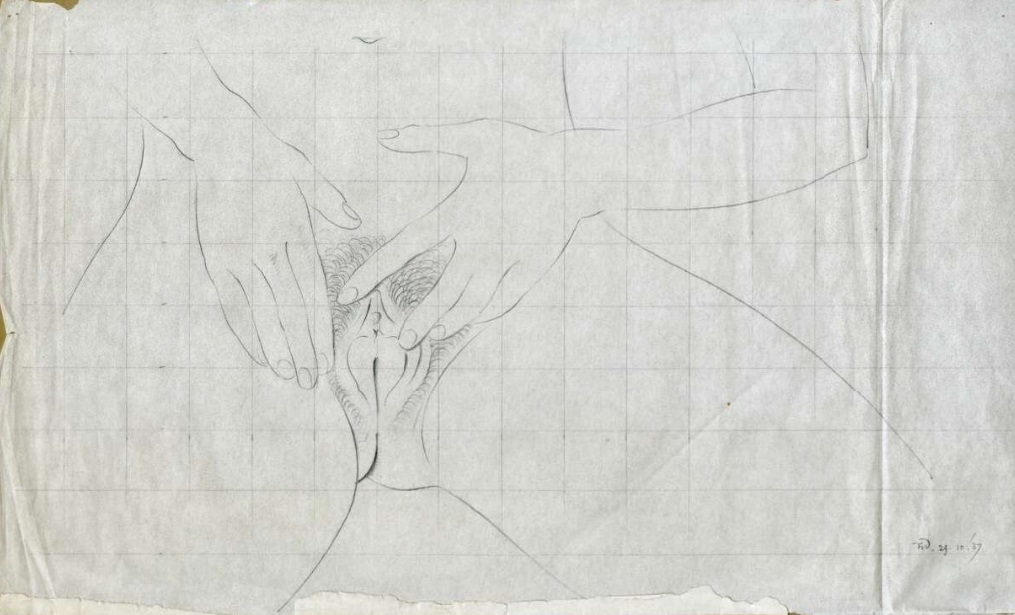
Fig. 32. Vulva drawing (britishmuseum.org)
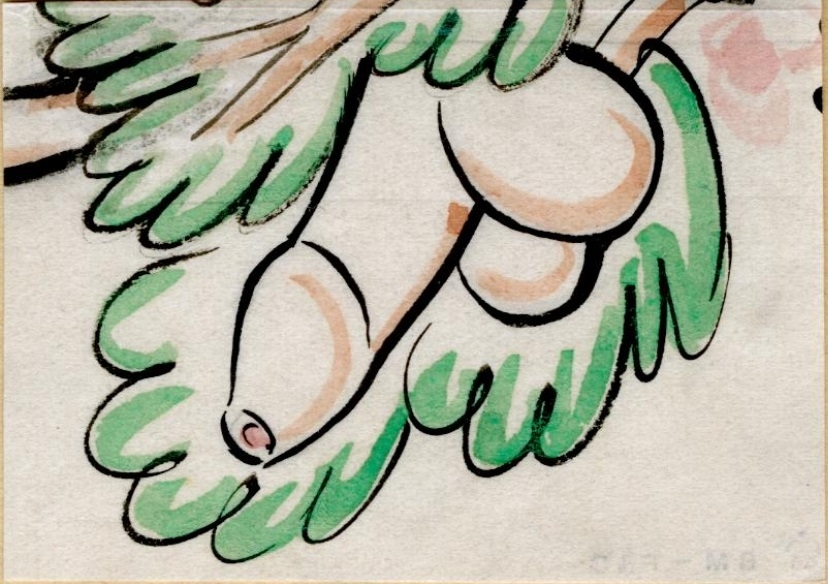
Fig. 33. Growing phallus (britishmuseum.org)
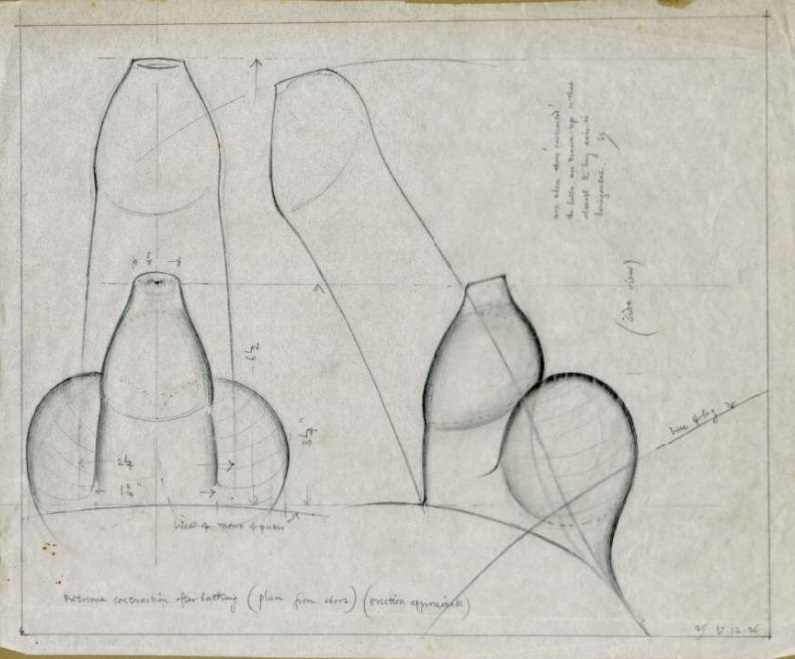
Fig. 34. The draft of flaccid and erected penis (britishmuseum.org)
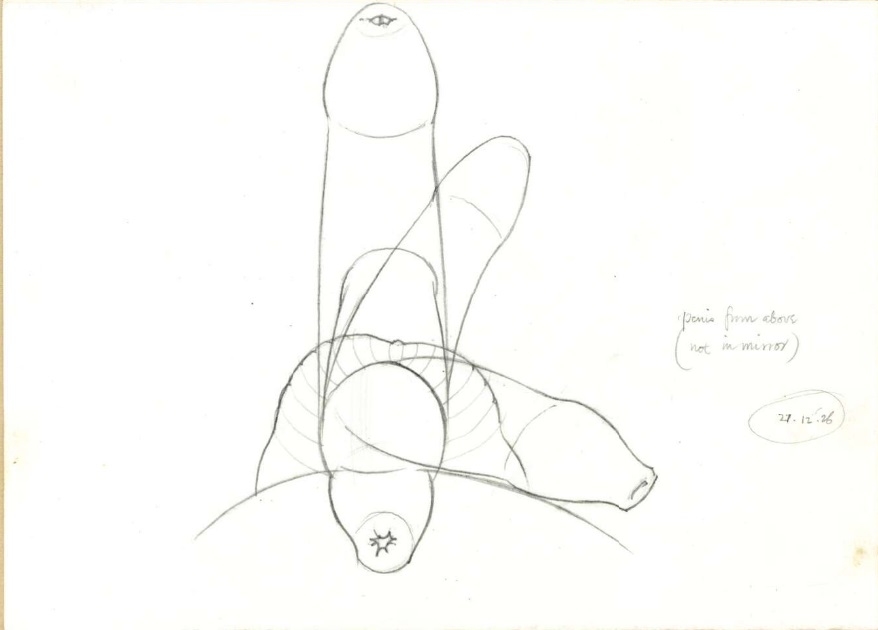
Fig. 35. Penis at different angles (britishmuseum.org)
Sacral and Scandalous
Firstly, Gill’s “curiosity about sex” rooted deeply in his nature, was additively stimulated by the specificity of his artistic field, which involves, for instance, nude posing. Secondly, religious books, which were a matter of Gill’s work, undoubtedly imply eroticism the artist was aware of. The closest culture parallel to his affairs can be found in the Bible, namely, in the story of Lot and his daughters, who also took their incestuous intercourse for granted, as they thought there weren’t any other men on earth anymore. Both Old and New Testaments use sensual metaphors. In the New Testament, Christ is compared to the groom while the church is the bride. The Old Testament contains the famous hymn of sensuality, entitled “Song of Songs,” which Gill, unsurprisingly, illustrated (fig. 19-25).
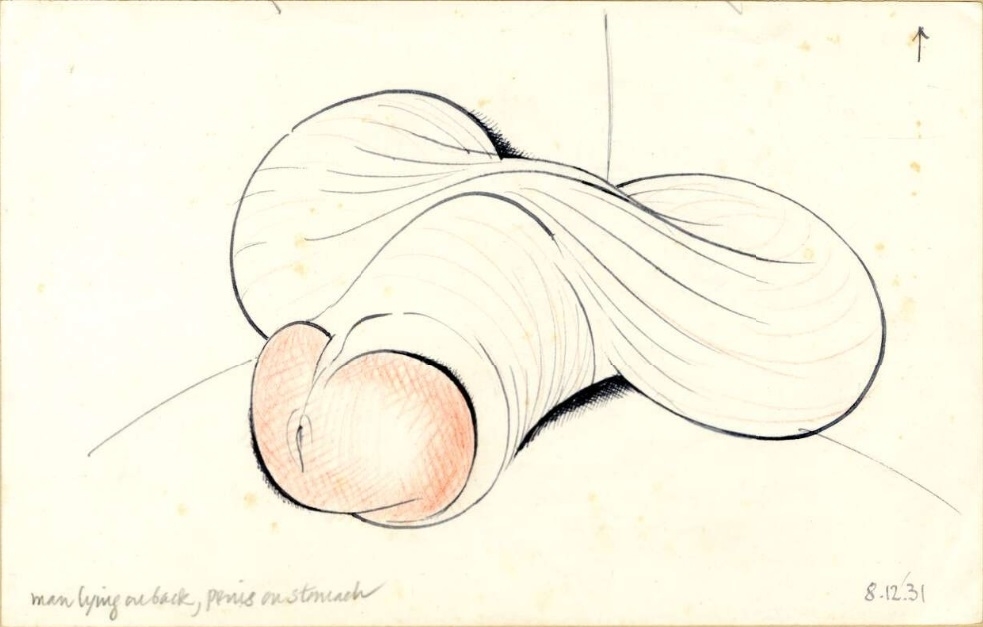
Fig. 36. Penis lying on the stomach (britishmuseum.org)
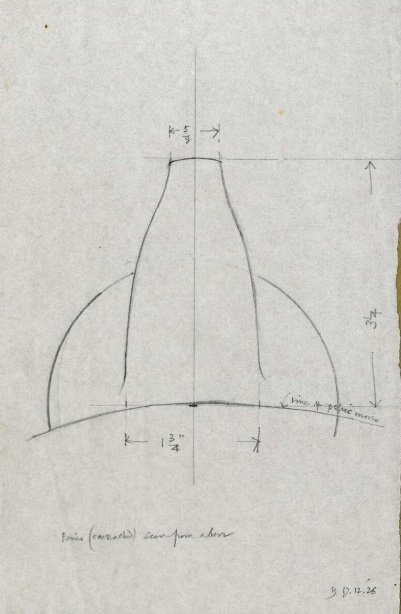
Fig. 37. Draft of a penis (britishmuseum.org)
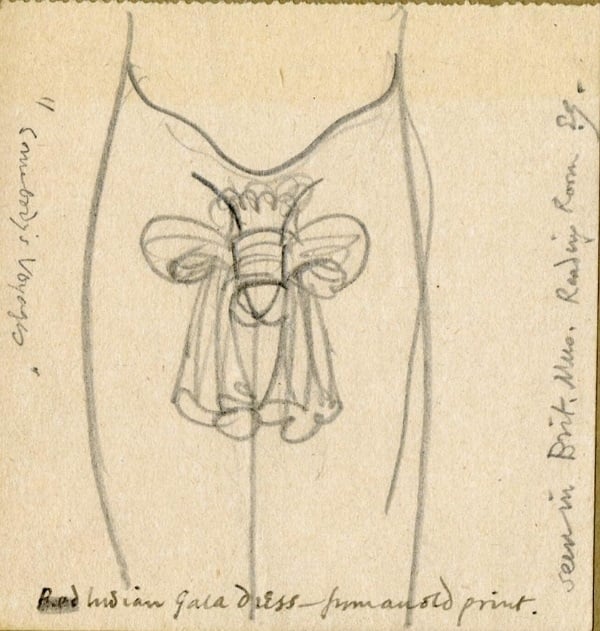
Fig. 38. “Red Indian Gala Dress” draft (britishmuseum.org)
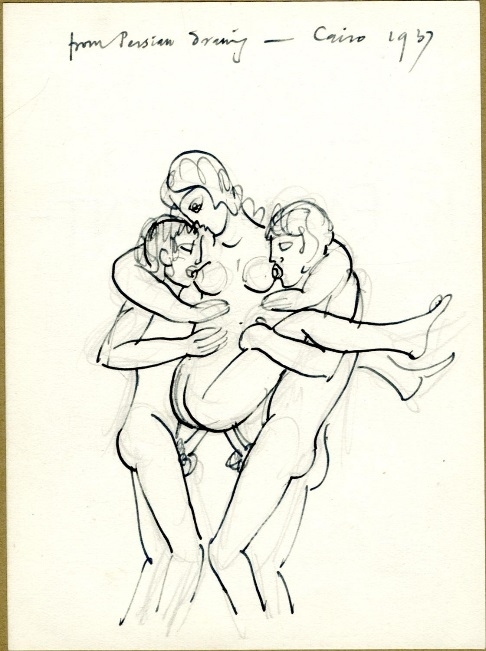
Fig. 39. Double Penetration, Cairo, 1939 (britishmuseum.org)
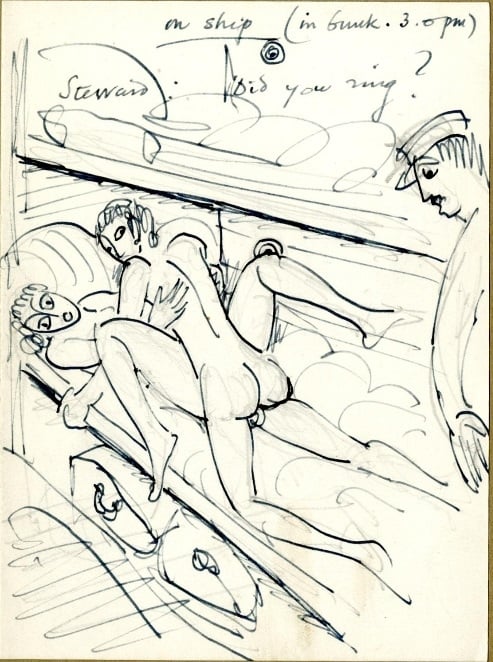
Fig. 40. “On a Ship” (Steward: ‘Did you ring?’), britishmuseum.org
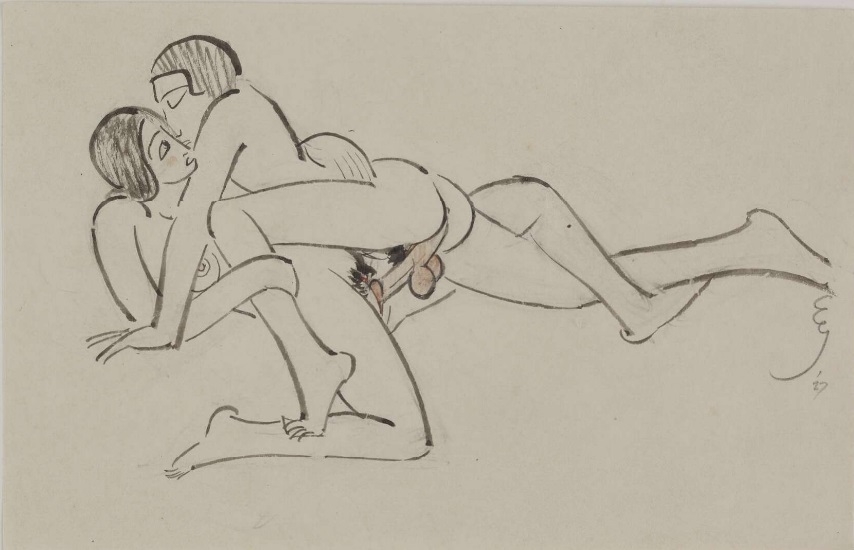
Fig. 41. Draft of a coupling couple (britishmuseum.org)
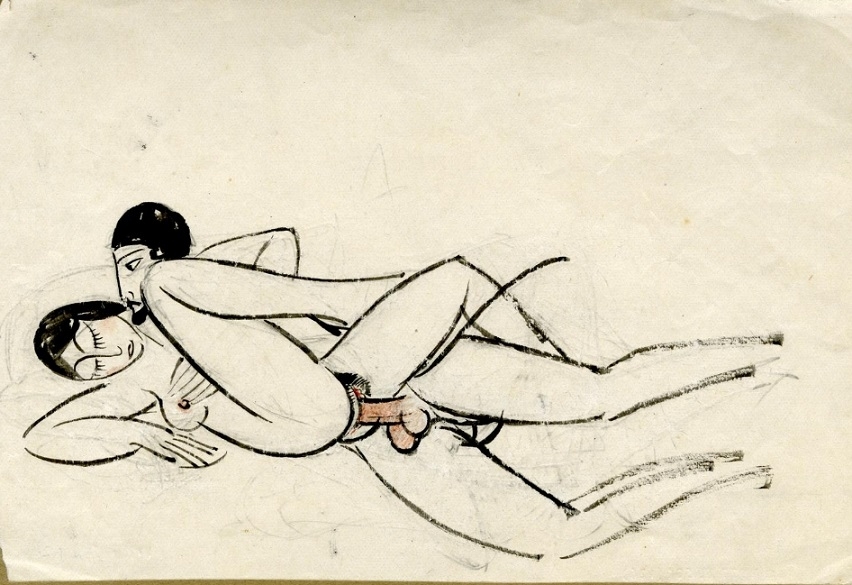
Fig. 42. Copulating couple (britishmuseum.org)
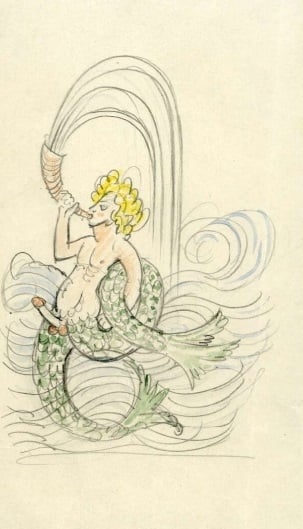
Fig. 43. Triton with erected penis (britishmuseum.org)
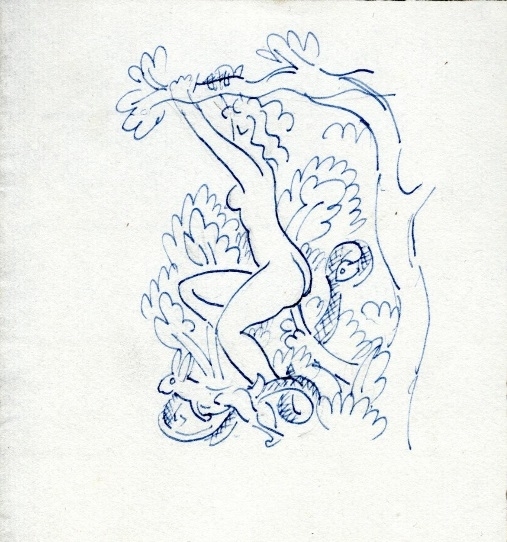
Fig. 44. Woman, probably Eve, satisfying herself on a tree branch (britishmuseum.org)
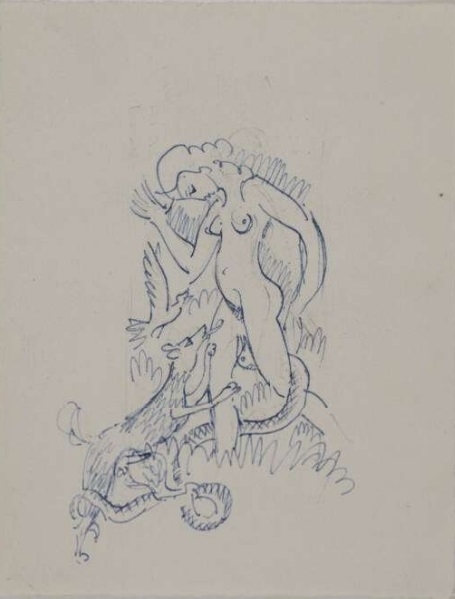
Fig. 45. Woman with lustful animals (britishmuseum.org)
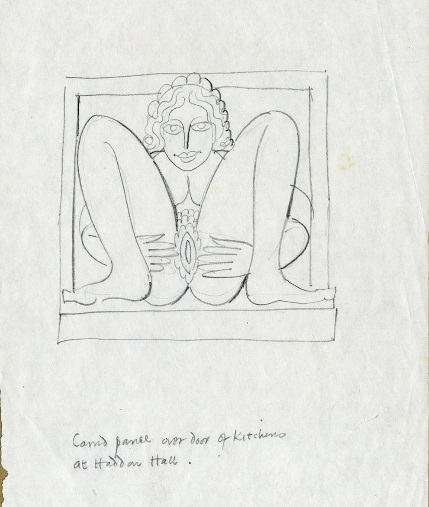
Fig. 46. Panel over door of Kitchino at Haddon Hall (britishmuseum.org)
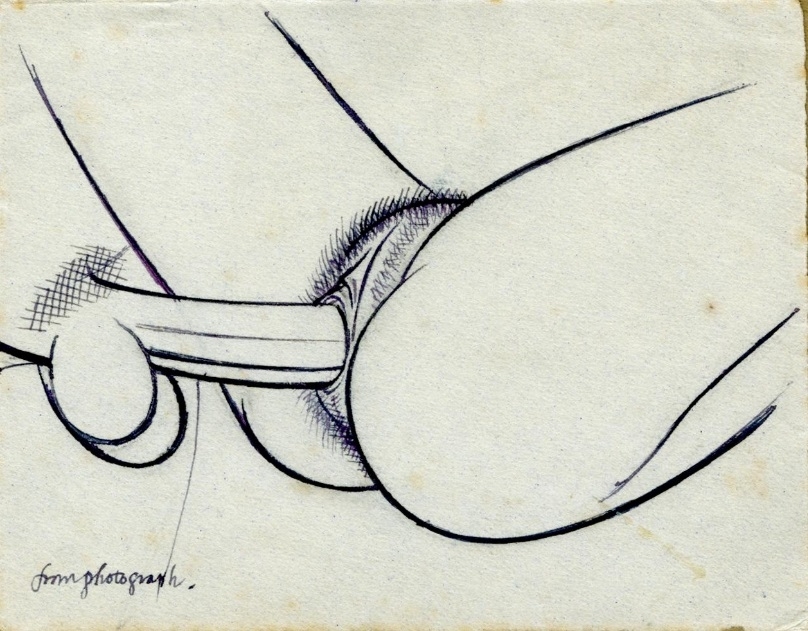
Fig. 47. Intercourse close-up drawn from a photograph (britishmuseum.org)
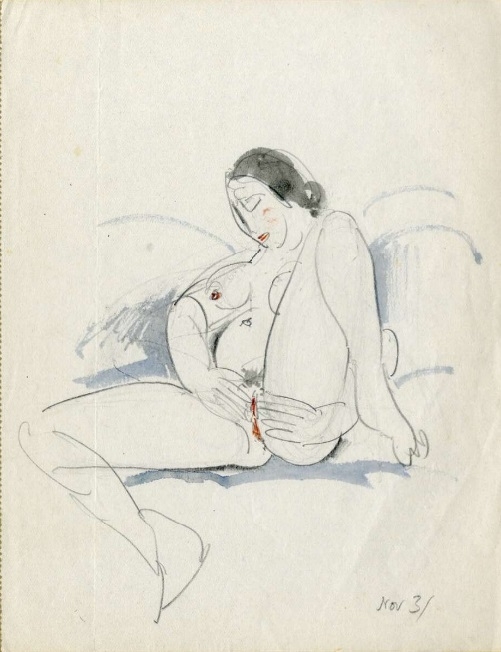
Fig. 48. Naked masturbating woman (britishmuseum.org)
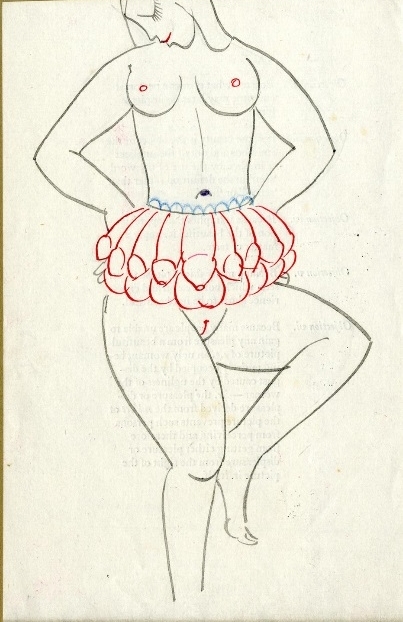
Fig. 49. Naked woman with a genitalia-shaped skirt (britishmuseum.org)
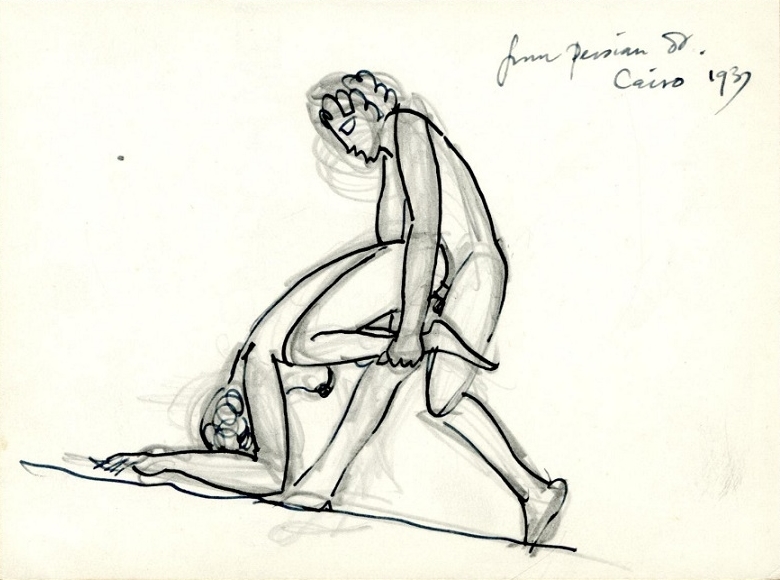
Fig. 50. Couple making love in a variation of a frog pose, Cairo, 1939 (britishmuseum.org)
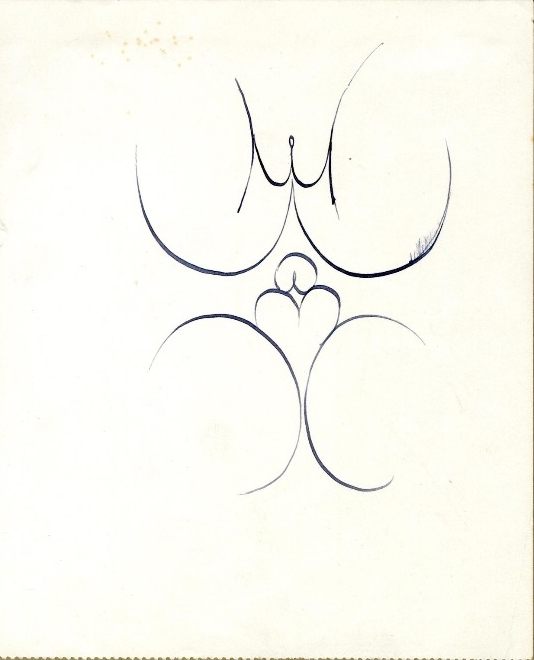
Fig. 51. Male and female genitalia (britishmuseum.org)
The Satyr Mason
To look or not to look at the works of Eric Gill is the question that requires your personal answer. Yet, we can give you another cultural parallel to this artist. The personality of Gill was, as we think, the most precisely portrayed by Agostino Carracci several centuries before Gill was born. We speak of his enigmatic engraving “The Satyr Mason” from the “Lascivie” series, which was the theme of one of our previous articles. The man who was literally trained as a mason and combined his educational activities of the workshops’ founder with “endless curiosity about sex,” so distinguishing for the ancient satyrs, seems to be a weird manifestation of the Renaissance picture in the real world.
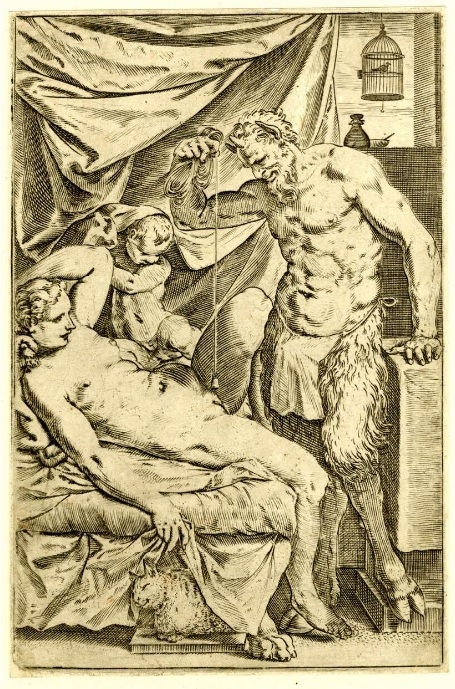
Fig. 52. "Satyr Mason” by Agostino Carracci, the 1590s (britishmuseum.org)
Click HERE for more satyrs as portrayed in the sensual engravings of Agostino Carracci…!!
Sources: britishmuseum.org; Wikipedia.org; theguardian.com
We’re curious to know your thoughts on this article, so leave your reaction in the comment box below….!!
